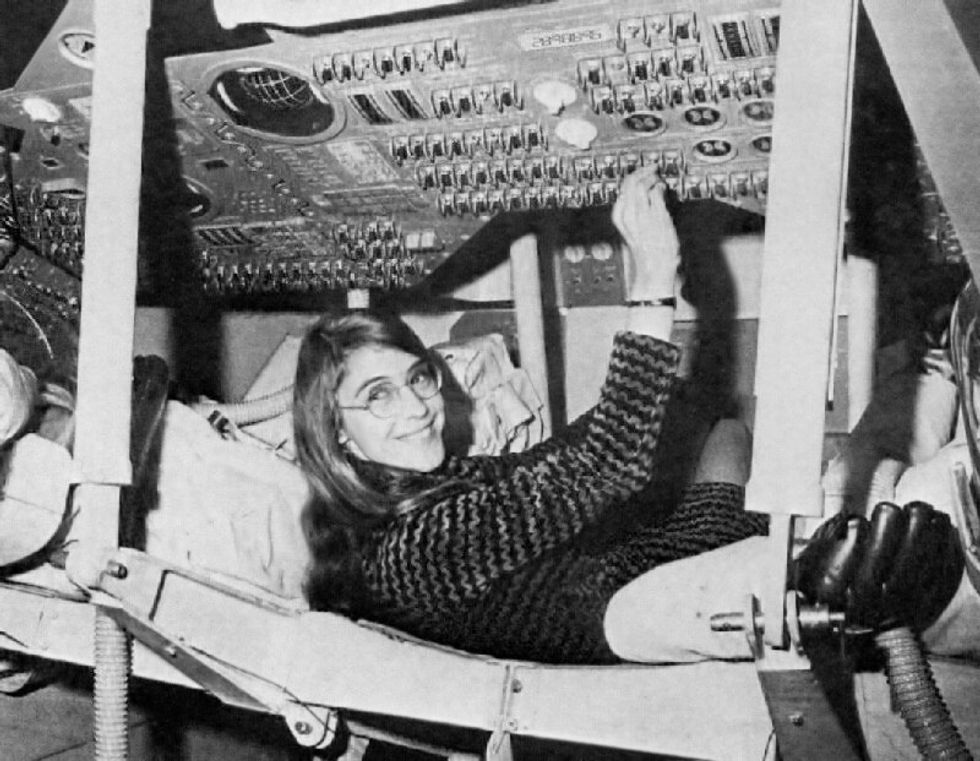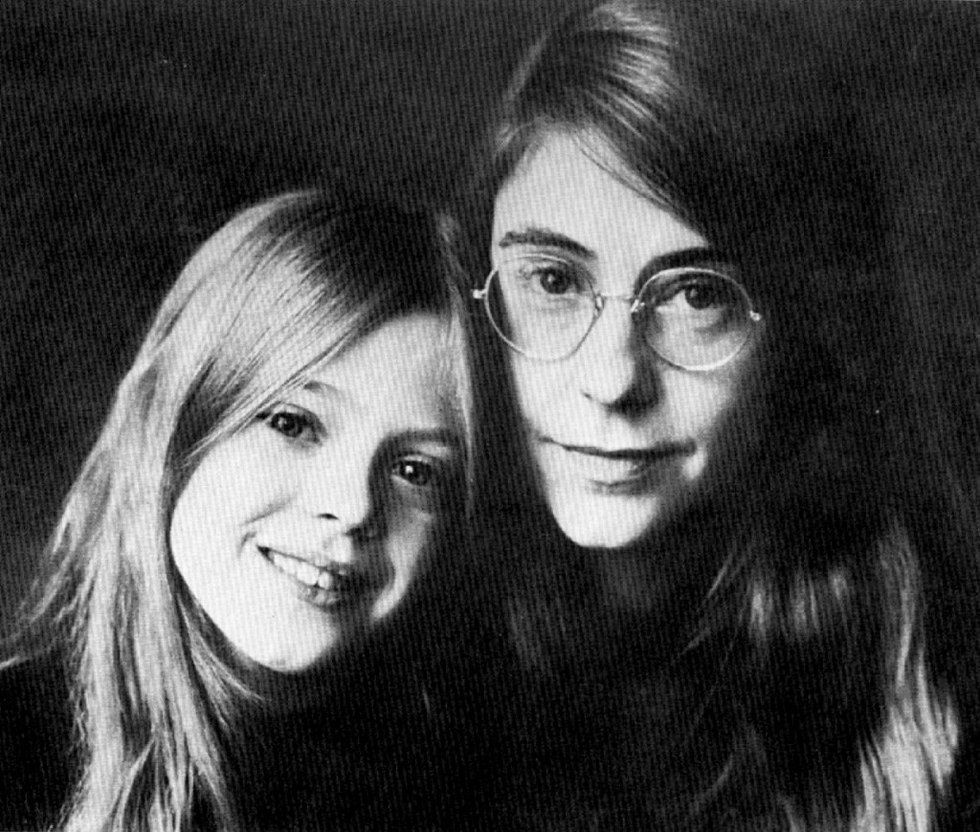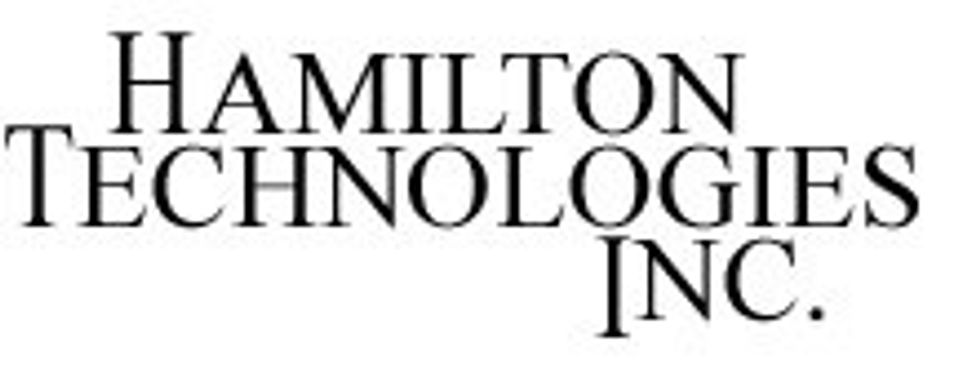Margaret Hamilton was a computer scientist, a working mother, she had an undergrad degree in mathematics, and became a programmer at MIT. She hadn’t planned to put a man on the moon or create what we know today as software, she had just planned to work and support her husband as he went to Harvard Law School, then get her graduate degree in mathematics. But she found she liked what she was doing at MIT and stayed in the lab. She and her colleagues invented the core ideas in computer programming as they wrote the code for the world’s first portable computer. In 1965, Hamilton became responsible for the on-board flight software on the Apollo computers. At the time, programming meant punching holes in stacks of punch cards and having them processed overnight on a giant mainframe that simulated the Apollo lander’s work. However, as amazing her achievements are, she was still ridiculed for being interested in technology and for taking her daughter to work with her, but she refused to give up her passion or to choose between being a mother and being a scientist. Then, as it is now, technology and engineering fields are dominated by men, making Hamilton an outlier.
Another amazing case that could only have happened to her was with her daughter Lauren. Hamilton often had to bring her daughter to work with her, even though she was criticized. One day, Lauren was playing with a simulation and an error message popped up. She had crashed the system by launching a program called P01 mid flight. Although there was no reason for an astronaut to do this Hamilton wanted to add code as a precaution. Her higher-ups thought this was unnecessary and overruled the code. Much to their surprise, astronaut Jim Lovell inadvertently started the P01 program during flight and crashed the system. This sent the programmers and engineers into a panic, which could have been avoided had Hamilton been allowed to write the error-checking code. However Hamilton and the others were able to bring the Apollo astronaut home unharmed.
Hamilton also pioneered the concept of software engineering which helped with the Apollo missions and has found its way into nearly every human endeavor. Hamilton moved from NASA to found and lead multiple software companies. Today Hamilton Technologies is just a few blocks from MIT, where her career began.
I wish I could meet such an amazing women. If given the chance, I would ask her how she was able to be so strong and do what she needed to do to make herself happy, even with the people around her telling her she was wrong. I’d want to meet her because she is such a genius scientist as well as someone in my potential field. I’ve been interested in computer science since before I really understood what it meant. I’ve always wanted to know what went on behind the scenes, or should I say screens? But bad jokes aside, I’d like to meet Hamilton because she inspires me. When I talked to my guidance counselor in high school, he thought I should pursue nursing instead because “it’s better suited for a woman.” There’s nothing wrong with nursing for any gender, but that’s not what I’m interested in. Margaret Hamilton is my feminist role model, and without knowing what I do about her, I might have backed down and given up on a technological field. But I know that someday I could be a computer scientist, a mother, and a strong woman like she was. I’d like tell her that she taught me I could be all of those things; that I don’t have to compromise because society tells me to; I can be whoever I want, and I’d like to thank her for that realization.



























